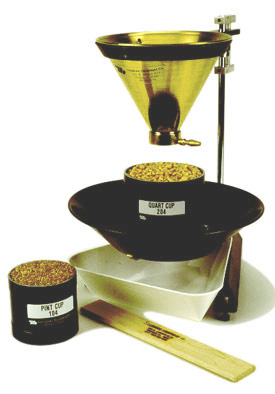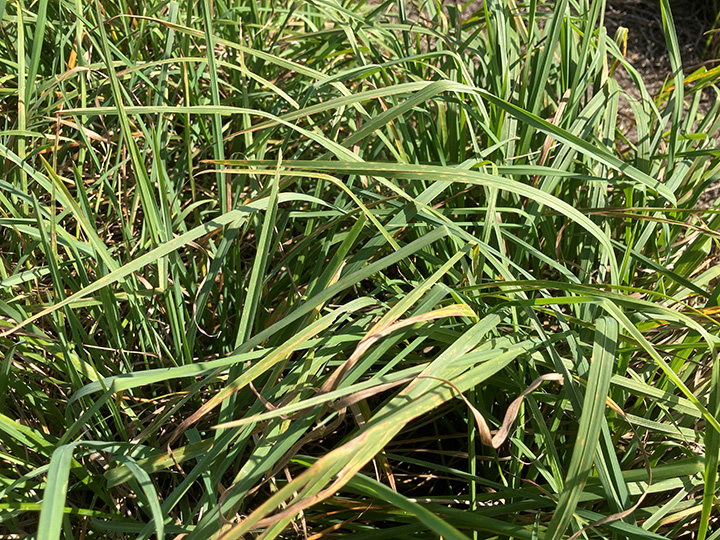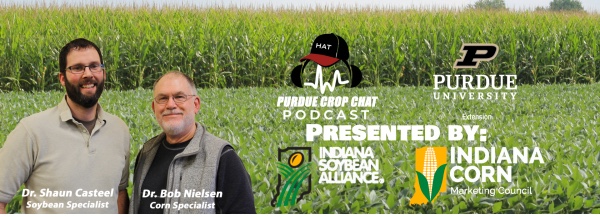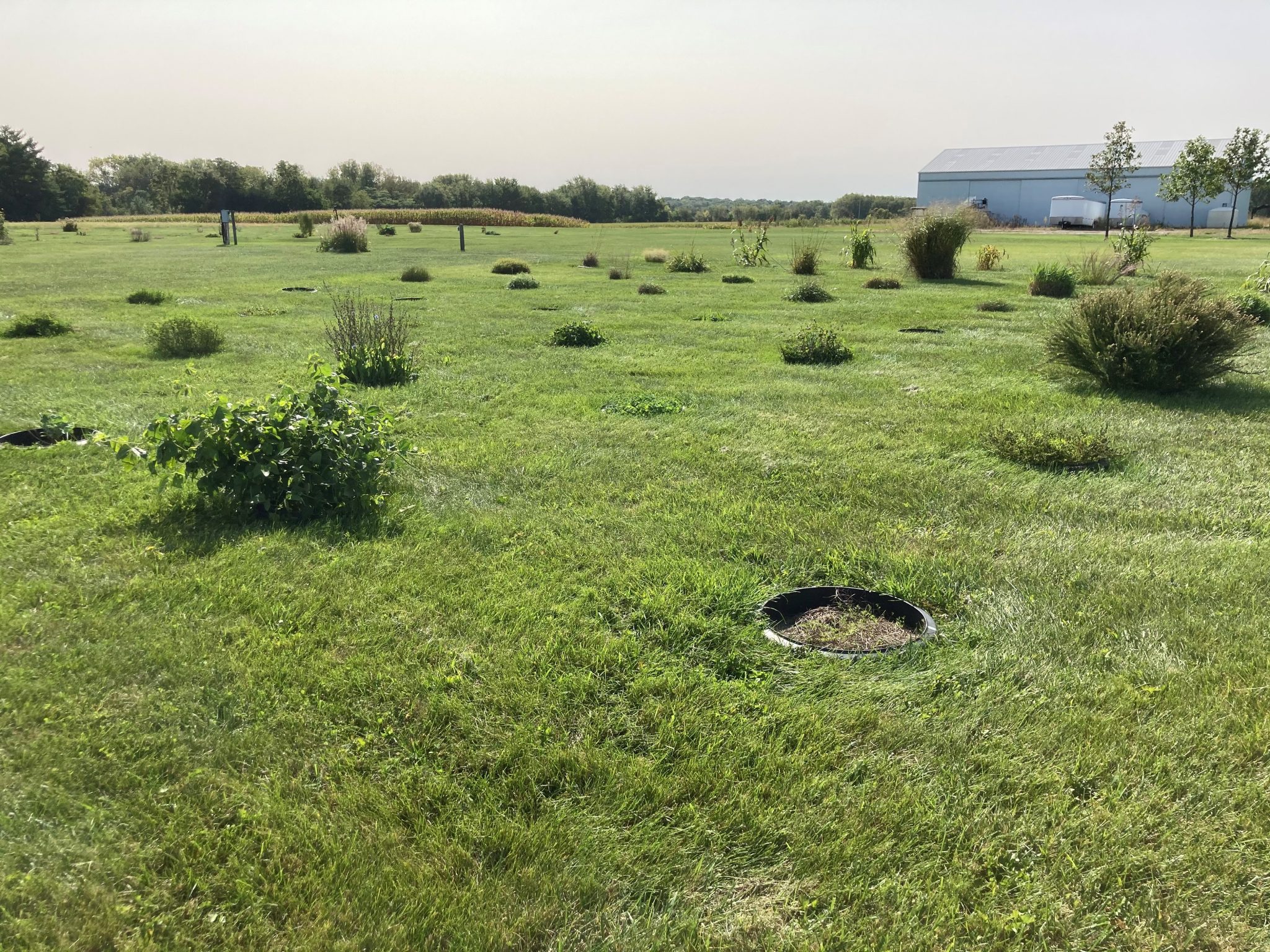
Among the top 10 most discussed (and cussed) topics at the Chat ‘n Chew Cafe during corn harvest season is the grain test weight being reported from corn fields in the neighborhood.

Among the top 10 most discussed (and cussed) topics at the Chat ‘n Chew Cafe during corn harvest season is the grain test weight being reported from corn fields in the neighborhood.

This year’s forage growing season is coming to an end.

In the latest Purdue Crop Chat Podcast, Extension Corn Specialist Bob Nielsen and Extension Soybean Specialist Shaun Casteel review the September USDA Crop Production Report and discuss if Indiana has the potential to reach USDA’s projections based on a very dry August and September.

Understand this one simple fact about grain yield monitors: They do not measure grain yield.
Corn is often harvested at grain moisture contents higher than the 15% moisture typically desired by grain buyers.

Plants are around us no matter where you live.

When early September arrives, hay harvest is coming to a close for another year. It is important to now follow through and Sample, Test, Allocate, and Balance or STAB your hay. Doing the STAB is an important best management practice to keep your livestock healthy.

Droopy ears are cute on certain breeds of dogs, but droopy ears on corn plants prior to physiological maturity are a signal that grain fill has slowed or halted. Ears of corn normally remain erect until some time after physiological maturity (black layer development) has occurred, after which the ear shanks eventually collapse and the ears decline or “droop” down. The normal declination of the ears AFTER maturity is desirable from the perspective of shedding rainfall prior to harvest and avoiding the re-wetting of the kernels. PREMATURE ear declination, however, results in premature black layer formation, lightweight grain, and ultimately lower grain yield per acre.

I had the opportunity yesterday to deliver a laboratory lesson to over 40 Purdue University undergraduate agriculture students enrolled in Dr. Ron Lemenager’s beef management class.

This past week was a return to high summer temperature and lack of moisture.
© 2024 Purdue University | An equal access/equal opportunity university | Copyright Complaints | Maintained by Pest&Crop newsletter
If you have trouble accessing this page because of a disability, please contact Pest&Crop newsletter at luck@purdue.edu.